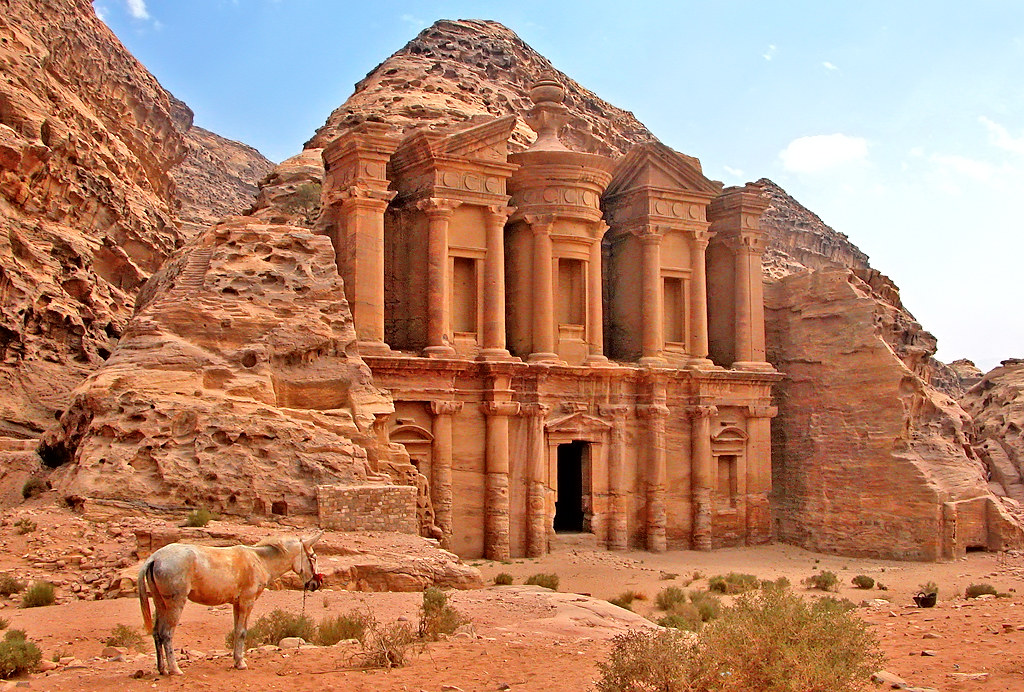
Our list begins with Petra, Jordan. This ancient city is located in a narrow gorge and was built by the Nabataeans more than 2000 years ago. This historic place became an important stop on the caravan route between Africa and Arabia. Petra was largely abandoned after a major earthquake in 363 CE. However, shepherds used the ruins for shelter for centuries afterwards. Petra is carved into the side of a cliff and most of it is still hidden underground. The only entrance is through a narrow gorge, called the Siq, which opens onto the city’s main square, or piazza.
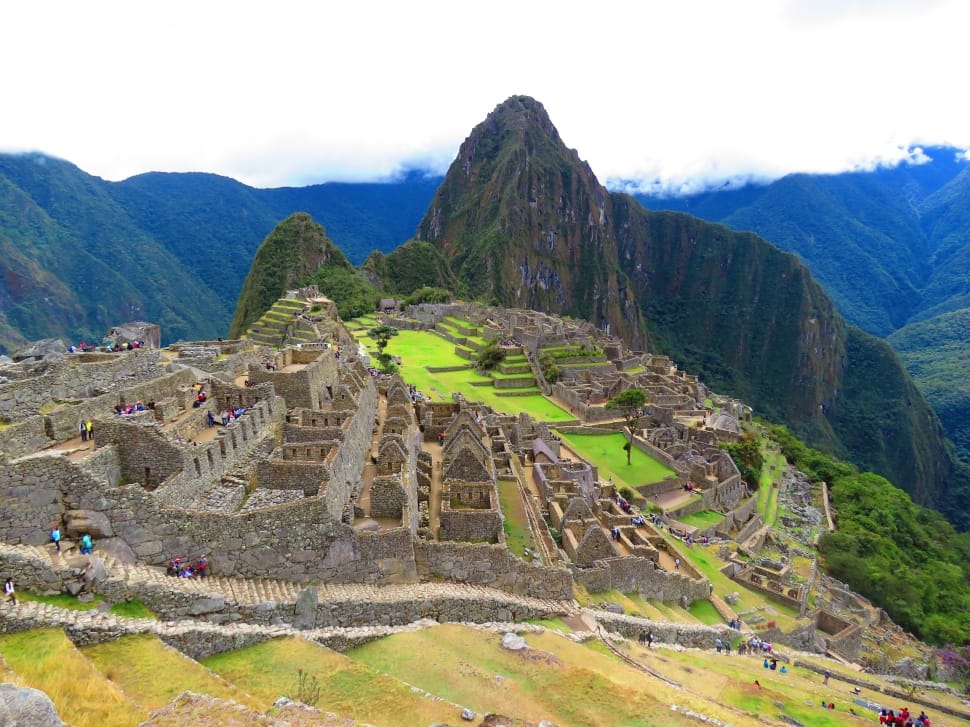
Next up is Machu Picchu, Peru. This Inca city was built around 1500 AD and abandoned just over 100 years later. The site remained unknown to the western world until 1911 when it was discovered by the explorer Hiram Bingham III. It’s estimated that there were more than 140 structures at one point in time. These buildings were constructed using dry-stone walls, with no mortar. Although the purpose of this Inca citadel is unknown, some believe that it was a ceremonial site or the estate of the Inca emperor Pachacuti.
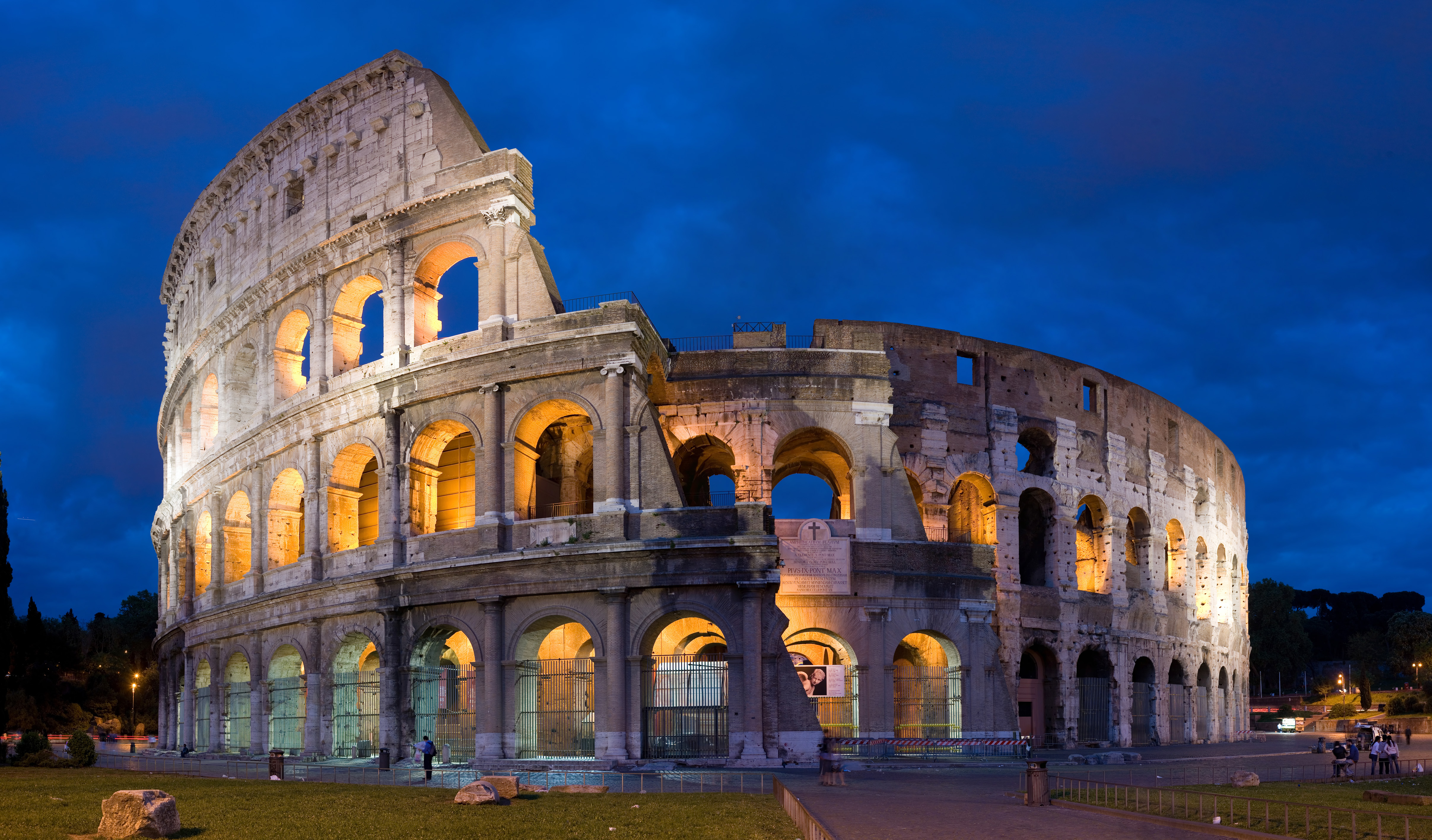
The Colosseum is one of the most iconic historical places in the world. This ancient Roman amphitheatre was completed in 80 AD and is a marvel of engineering. This structure was commissioned by Emperor Vespasian in 72 AD and took over a decade to complete. The Colosseum was used for gladiatorial contests and other public spectacles.
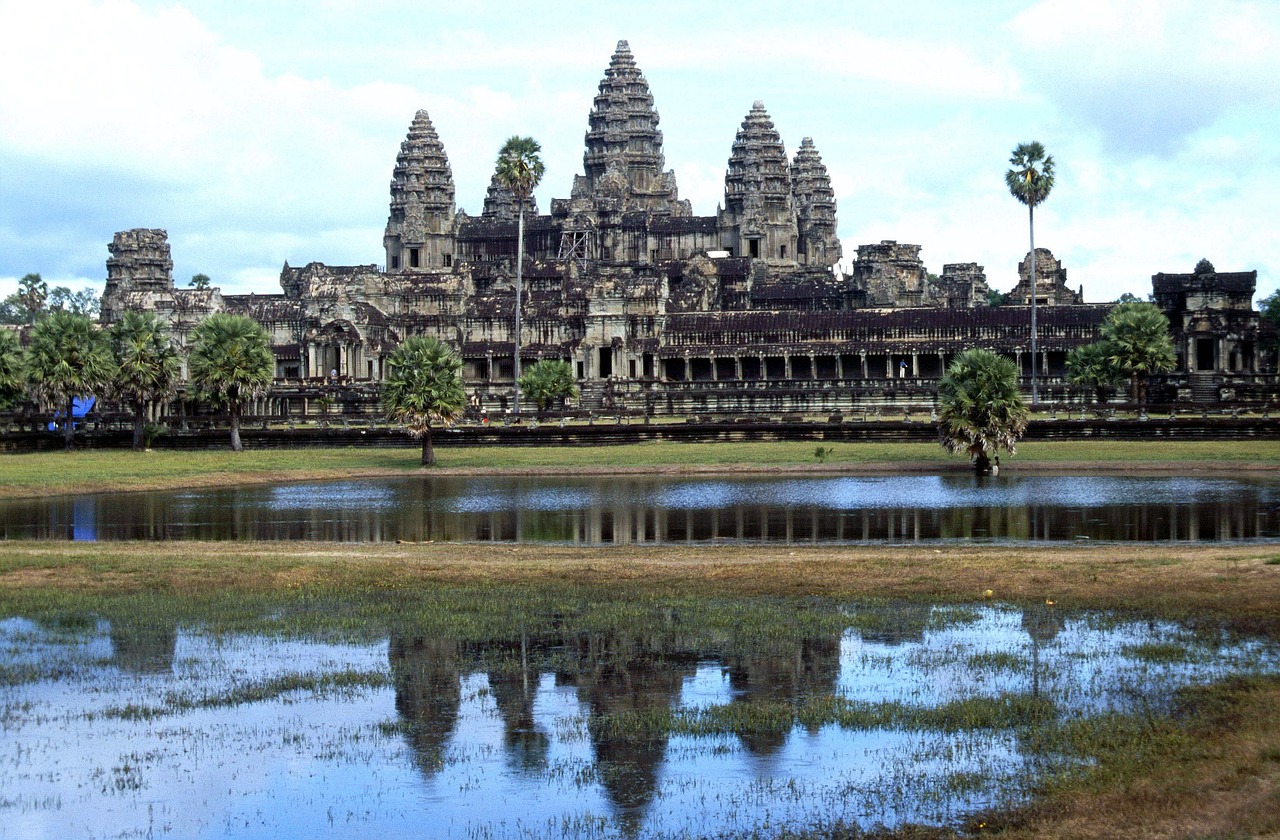
Angkor Wat is an ancient temple complex in Siem Reap, Cambodia that dates back to the 12th century. It was built as a Hindu temple dedicated to Vishnu. The site later became a Buddhist temple, but today it is visited by people from all over the world regardless of their religion. Angkor Wat is considered to be one of the most impressive religious monuments in the world and is a must-see for anyone visiting Southeast Asia.
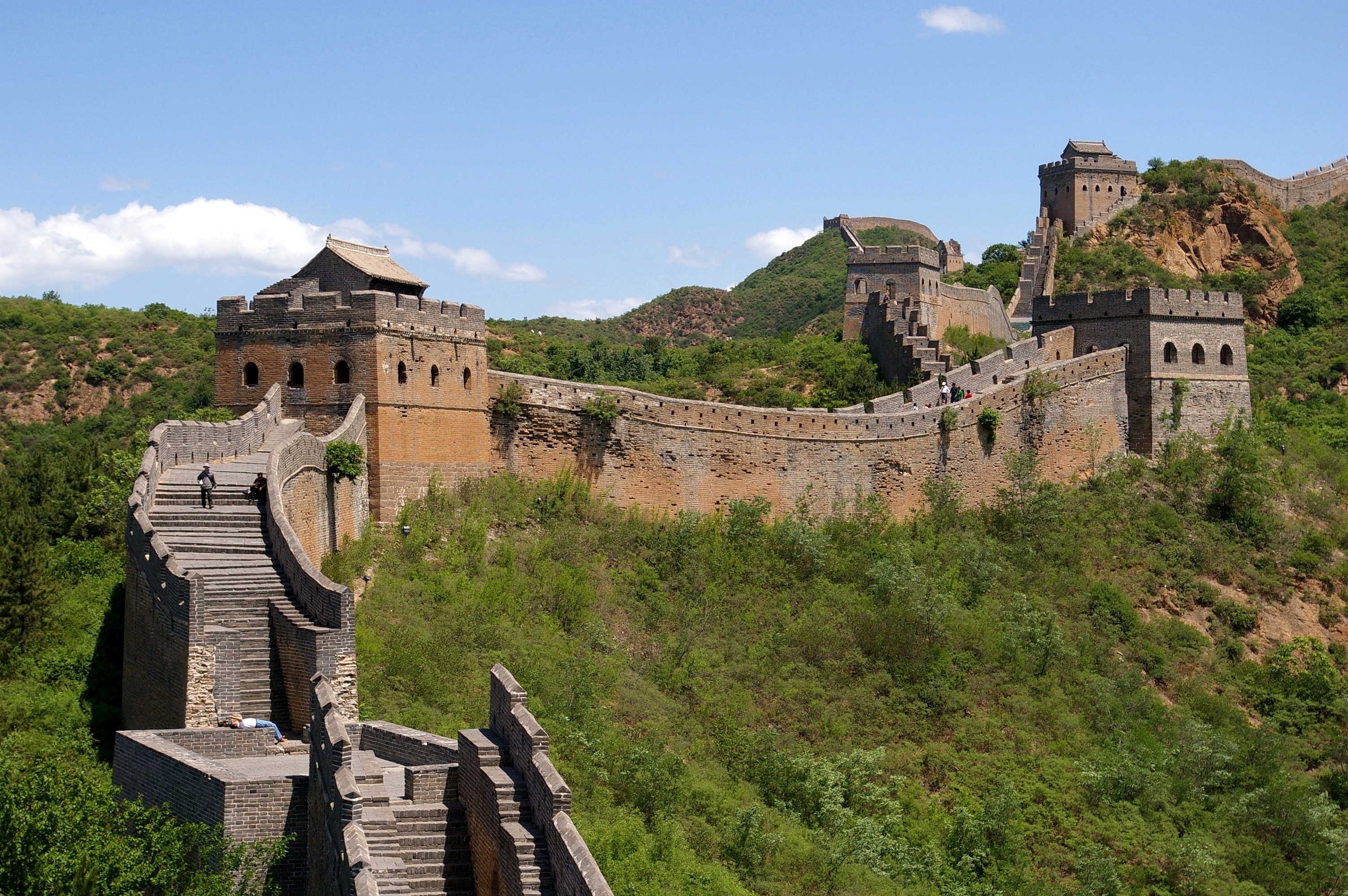
The Great Wall of China is an ancient defensive barrier that spans over 13,000 miles. It’s one of the most popular tourist destinations in China and a must-see for anyone visiting Asia. This series of fortifications was built to protect the northern border of China from invaders. It was constructed in several phases during the Qin dynasty (221 BC to 206 BC) and rebuilt during the Ming dynasty. The wall has been designated one of UNESCO’s World Heritage sites since 1987.

The Taj Mahal is an ancient mausoleum located in Agra, India. It was built by Emperor Shah Jahan between 1632-1649 to honor his wife Mumtaz Mahal after her death from childbirth. The elaborate mausoleum was constructed using white marble and precious stones such as jade, sapphire and turquoise.

The Pyramids of Giza are some of the oldest and most famous monuments in the world. These ancient Egyptian pyramids were probably built in the 26th century BC. They were part of a funerary complex and were constructed as tombs for three pharaohs: Khufu, Khafre and Menkaure. The Great Pyramid of Giza (also known as the Great Pyramid) is the largest and oldest of these pyramids.

Stonehenge is an ancient stone circle located in Wiltshire, England. It’s one of the most mysterious and popular tourist destinations in the United Kingdom. There are two prehistoric stone circles surrounded by chalk pits known as Aubrey holes. The stones are thought to have been brought here from Wales and Cornwall. The stone circles are thought to have been erected between 3000-2000 BC and their purpose is still unknown to this day.
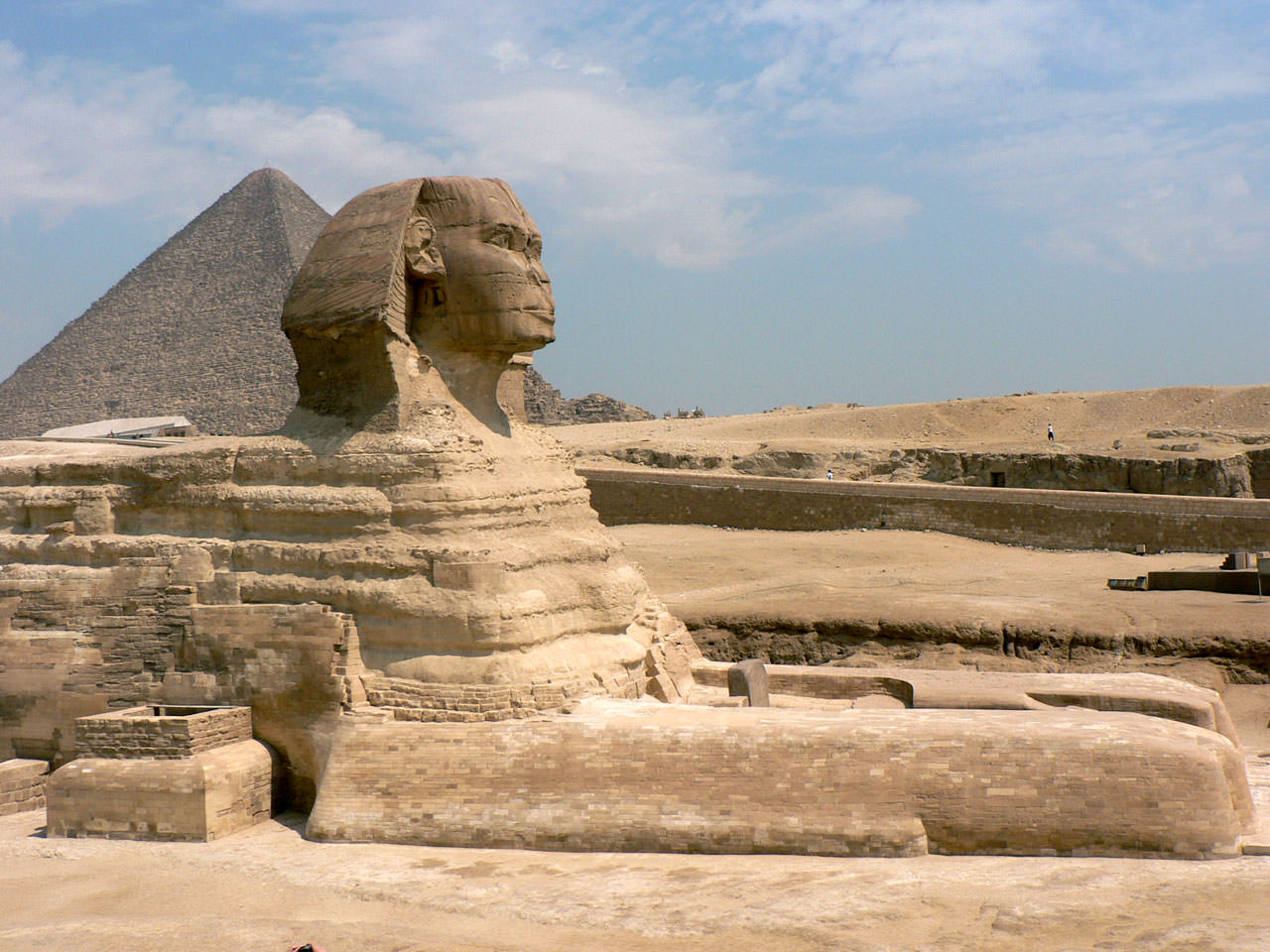
The Great Sphinx of Giza is an ancient statue that was built between 2500 BC and 2400 BC. It’s located near Cairo in Egypt and is one of the oldest known monumental sculptures from antiquity. The massive structure stands 73 metres high and is thought to have been built for Pharaoh Khafre. Based on a mythological creature, it was carved from one giant piece of stone.
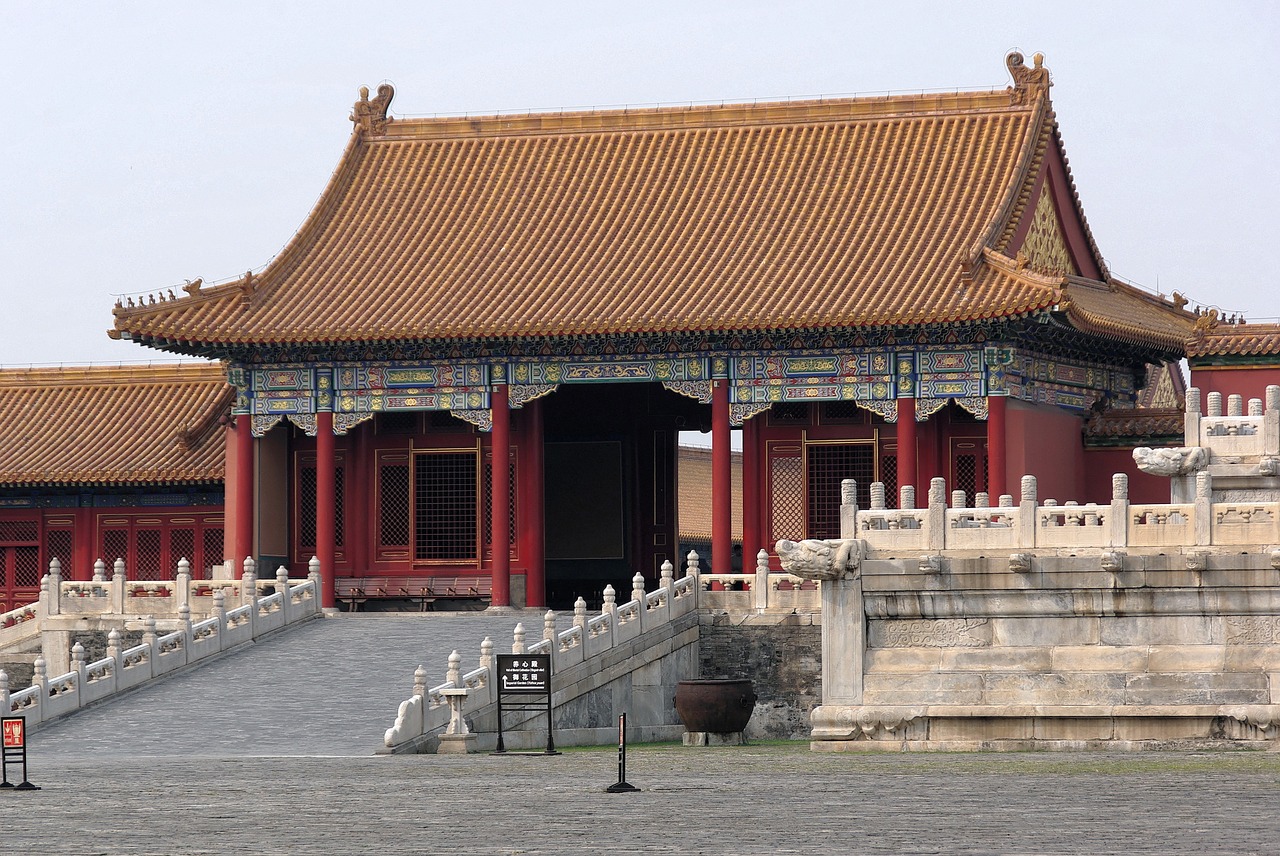
The Forbidden City was the Imperial Palace of the Chinese emperors from 1420 to 1912. It’s located in central Beijing and is now a UNESCO World Heritage Site. There are 980 buildings and over 8,000 rooms, making it the largest palace complex in the world. In fact, this colossal structure is spread over 7.75 million square feet. This is one of the best preserved wooden buildings in the world, and a must-see for anyone visiting China.
![]()
The Acropolis is a hilltop complex in Athens that contains some of the most famous historical sites in Greece. The most famous structure on the Acropolis is the Parthenon, an ancient temple dedicated to the goddess Athena. Built between 447 BC and 432 BC, it’s considered one of the greatest achievements in classical architecture. The Parthenon has been admired throughout history by many renowned architects such as Le Corbusier. Other structures on the Acropolis include the Propylaea (a gateway), and The Erechtheion.

This ancient site in the southeastern Pacific Ocean is famous for its huge statues. Known as moai, they were carved by early inhabitants. Easter Island, whose native name is Rapa Nui, measures around 64 square miles. Estimates on when the island was settled range from around 300 to 1200 CE by people from Polynesia. The moai are almost all carved from tuff, a volcanic tuff rock native to the island.
![]()
The Leaning Tower of Pisa is one of Italy’s most famous landmarks. Construction began on a marshy site in 1173 and only finished in 1399! After the first three stories were built out of the 8 that were planned, it was noticed that the tower was leaning. This was due to the soft ground on which it was constructed, and the tower has been leaning ever since! The tower leans at an angle of about five and a half degrees, which is enough to make it seem like it might topple over any moment, although it’s perfectly safe.

The Terracotta Army in China dates back to 210 BC, when Emperor Qin Shi Huang ordered more than 700,000 men to build his army. It is thought that he believed the warriors would one day protect him in the afterlife. The site was discovered in 1974 by a group of farmers who were digging a well on their land. This famous archaeological site is now a popular tourist attraction. There are over 8,000 known terracotta figures here.

The Hagia Sophia is an ancient structure that was built between AD532-AD537 as a Greek Orthodox cathedral in Constantinople, which is present-day Istanbul. It was converted into a mosque after the city was conquered by the Ottomans in 1453. In 1935, this famous Turkish landmark became a museum and has since been open to visitors from all over the world.

The Palace of Versailles is considered to be one of the most spectacular palaces in Europe. It was built in the French Baroque style of architecture. Louis XIII originally built a hunting lodge on the site of the Palace of Versailles in 1623. It was replaced with a chateau which was expanded by Louis XIV in the late 17th century to become one of the grandest palaces in Europe.

The Great Mosque of Djenne is the largest mud-brick building in the world. On this site, an ancient mosque was built in the 13th century by King Mansa Musa. The mosque has been rebuilt around a dozen times. It is made from sun-dried earth bricks coated with plaster. The architecture features three towers with mud brick domes and a spacious prayer hall inside.

Also known as the Houses of Parliament, parts of the Palace of Westminster have been used for legislative purposes since the 13th century. A fire destroyed much of the original complex in 1834, and the new palace was constructed in its place. The most well known part of the palace is the Big Ben clock tower, which was named after Benjamin Hall (the first commissioner of works). This famous London landmark was renamed Elizabeth Tower in honor of Queen Elizabeth II in 2012.
![]()
If you visit Jerusalem, you can’t help but be amazed by the number of historical places. The Old City and its Walls have been a UNESCO World Heritage Site since 1981. Located on a plateau in the Judean Mountains, Jerusalem has also been home to many faiths, such as Judaism, Christianity and Islam. The Western Wall, also known as the Wailing Wall is where many people come to place prayer notes in the cracks of the wall.

The Eiffel Tower was constructed for the 1889 Paris Exposition Universelle. Originally intended to be temporary, this iconic French landmark was never removed from its site due to popular demand. It has since become one of the most recognizable buildings in France and one of UNESCO’s World Heritage sites since 1989.